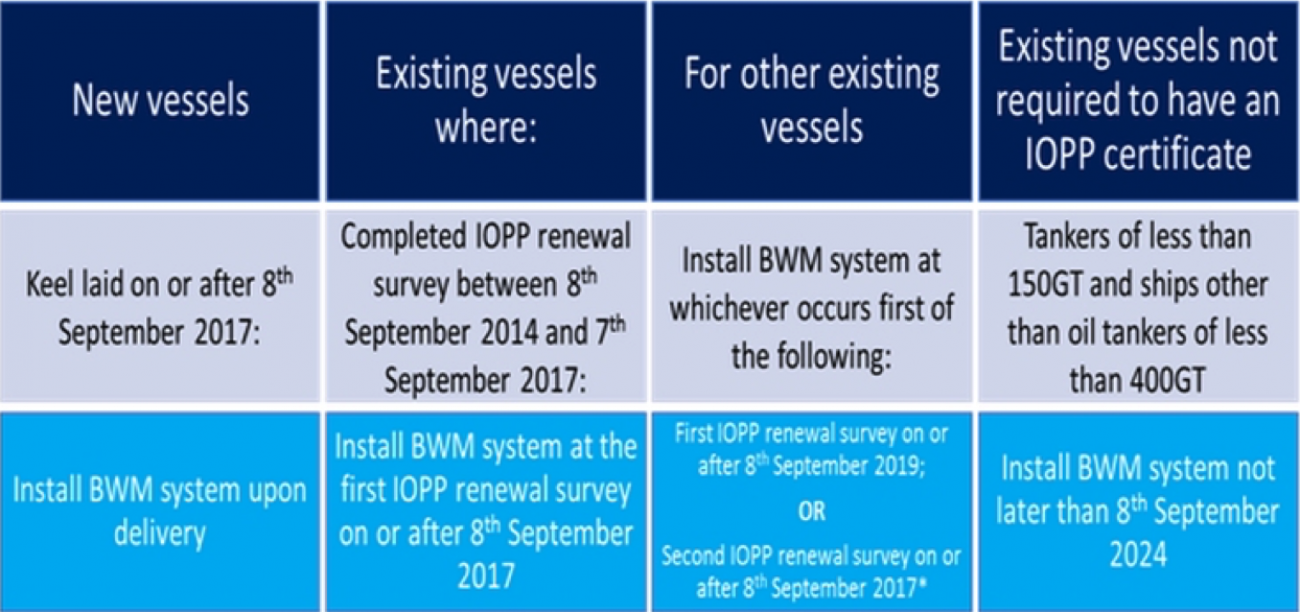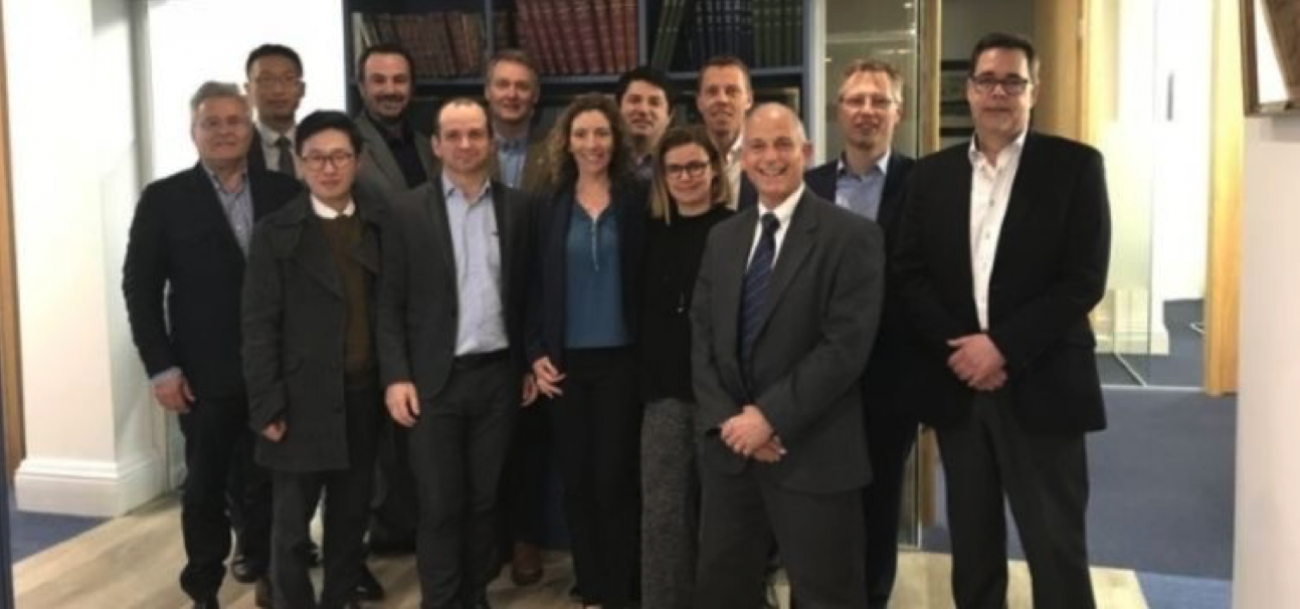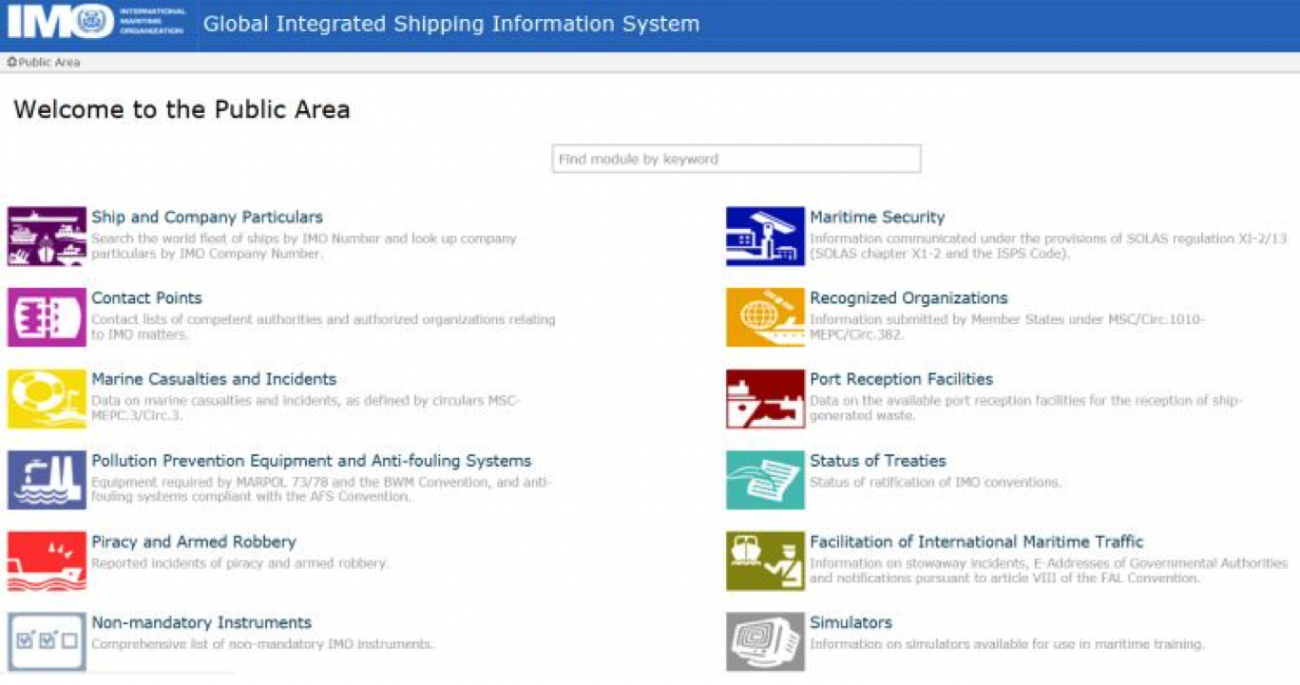Where there is a regulation, there must follow an example being made of the rule breakers to get the word out about the regulation. Therefore, I make the sad prediction that more ships will be detained and more crew arrested in 2019.
Thu 03 Jan 2019 by Craig Jallal, tankers and markets editor
2019 could be a record-breaking year for USCG detentions
The bulk of these arrests are likely to be made in US waters where the USCG has a great deal of experience in searching for defects and omissions on vessels. Under VIDA, the USCG is the enforcement arm of the EPA.
However, the recent project by Interpol sets an example of how a global sweep could take place in the future.
Just now thinking about the iopp renewal date for compliance? You are probably too late

It has taken 15 years since 2004 for the full implementation of IMO ballast regulations to arrive. It has been a long process, with notable compromises.
The compromise on compliance dates for ballast water discharge reached in July 2017 at MEPC 71 means that ships built after 8 September 2017 must comply on delivery, while existing ships in general must comply by the first International Oil Pollution Prevention (IOPP) certificate renewal after 8 September 2019.
According to one leading authority on ballast water, it can take at least nine months to properly design, integrate and commission a ballast water system.
Therefore, if you are reading this in 2019, are operating ships built before 8 September 2017 and have not started retrofitting ballast water systems, you are in danger of missing the September deadline.
The cost of R&D will force some BWMS suppliers to merge. I realise that some of my ‘predictions’ for 2019 are more in the style of observations, but one prediction I feel confident making is that 2019 will be a year of mergers. The driving forces will be external. Shipping is a global business and shipowners and operators need global-sized operators who can supply, fit and repair compliant systems and sensors for specific ships and who will have the staying power to be there in 10 years’ time. There are only a handful of manufacturers that fit that bill right now, but that number could increase quickly if smaller teams got together.
We have already seen some merger activity with the Sonardyne purchase of environmental sensing technology specialist Chelsea Technologies, Evac Group’s takeover of Cathelco Evolution, LuminUltra’s acquisition of aqua-tools, and other close cooperation between like-minded companies.
BEMA to become a significant voice in the industry in 2019

2018 saw the formation of the Ballastwater Equipment Manufacturers Association (BEMA) following discussions on LinkedIn and initial meetings in London and New York.
BEMA is now a registered trade association based in the US providing co-ordinated, technical, non-commercial guidance to both the maritime industry and regulatory agencies trying to understand the intricacies of ballast water treatment.
According to the inaugural chairman and senior market manager for BWMS maker Hyde Marine, Mark Riggio, BEMA will serve as a key resource for shipowners, designers, testing equipment suppliers and regulators to discuss openly how ballast water treatment systems work, how they are designed, and what the reasonable expectations of systems are, as they are installed and operated across the world fleet.
One surprise is that BEMA has decided not to apply for non-governmental organisation observer status at IMO. To my mind, a lot of the issues with IMO’s Ballast Water Management Convention could have been solved with input from a trade association back in 2004. I expect BEMA will apply for NGO status in 2019, and I would like to be an observer at some of the BEMA meetings.
Without a central database, how are charterers to know if your vessel is in compliance?

As a relative newcomer to the ballast water scene I have been struck by the lack of available data. Just how many ships have ballast water systems fitted?
The IMO Global Integrated Ship Information System (GISIS) is under development and being populated with shipboard ballast water management system information on a voluntary basis. I predict that owners and operators will see the value in populating this database with their ship’s ballast water management system data as a marketing tool for prospective charterers. Access to the public GISIS data is free, but access to ballast water information is reserved for a higher level of access.
What the experts of EUROSHORE say:
The Ballast water convention took 15 years before its entry into force. At this moment less than 10% of the vessels are equipped with an IMO approved ballast water system. Some reports state that some systems are not well operated or maintained, and, as a result, are not doing a proper job.
On the other hand there is practically no adequate enforcement since reliable test kits are missing, in case there are serious doubts about the quality of the ballast water. With the exception of some providers of shore ballast water treatment systems, we see that the maritime scene is not developing recommendations or guidance to provide a port solution in the main ports.
As a result, it will take another 3-5 years before the problem of exotic invasive species will be reduced. On the other hand we will face an increase in transporting these species via the hull (which falls under another IMO Convention dealing with antifouling and biofouling).